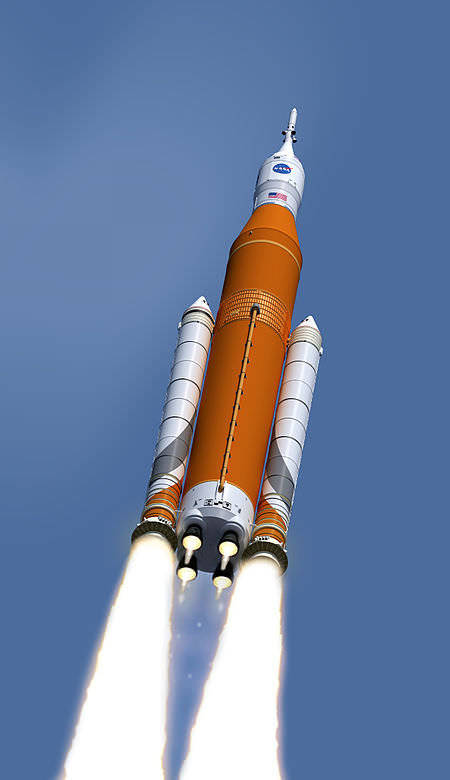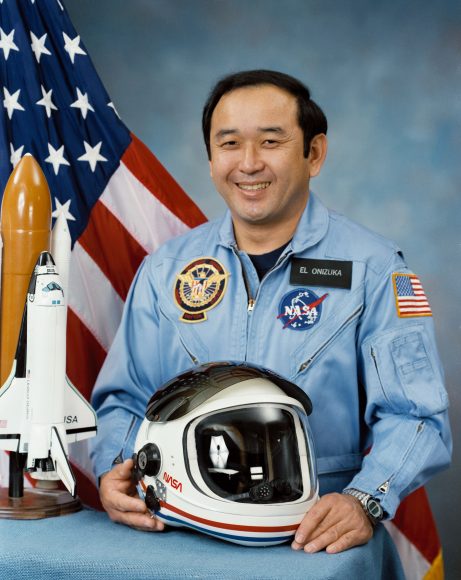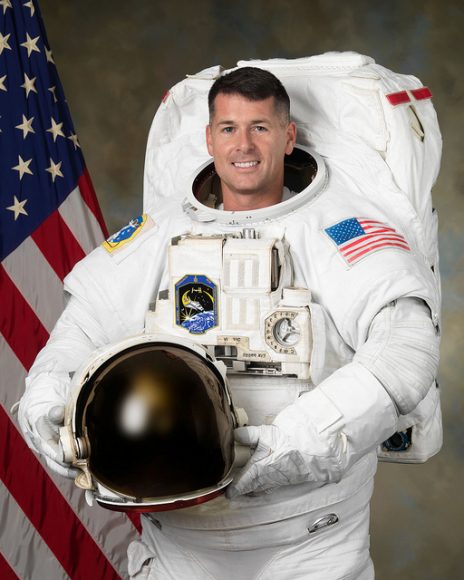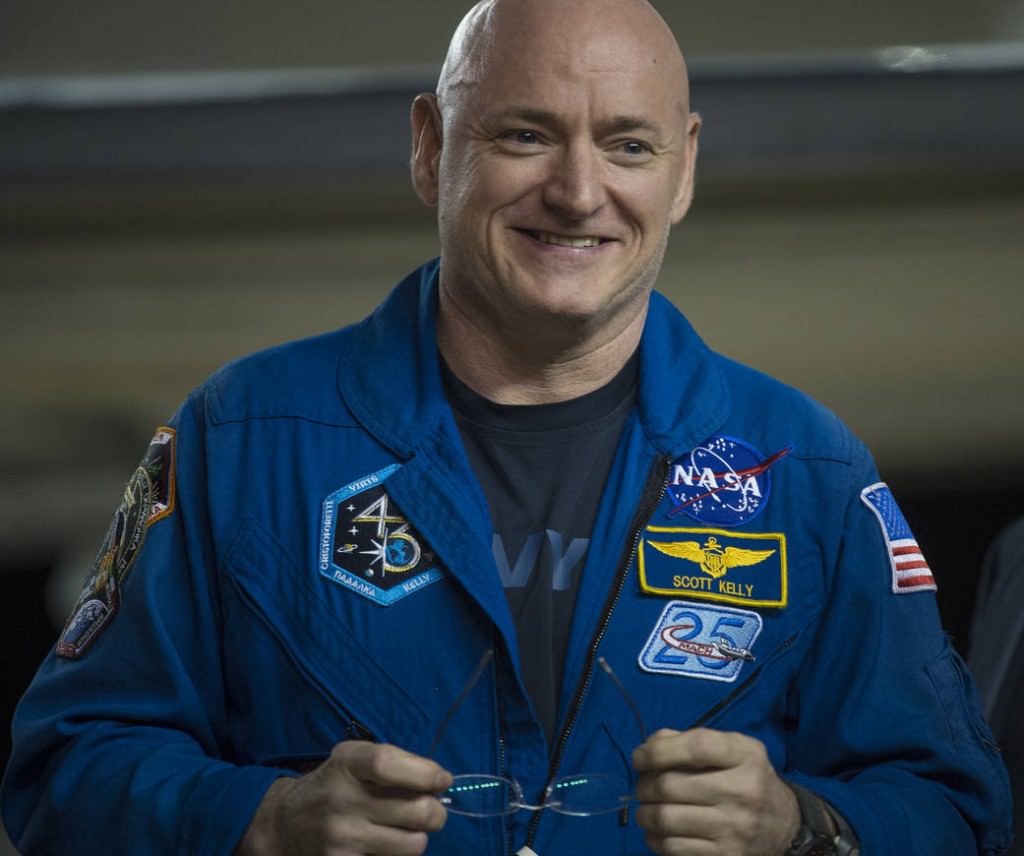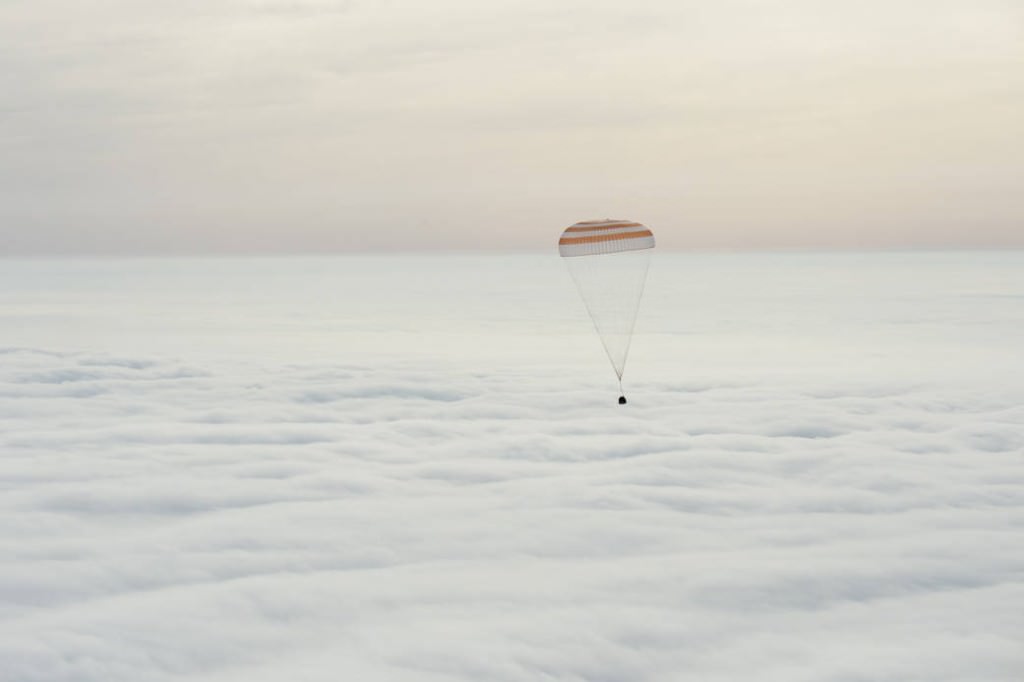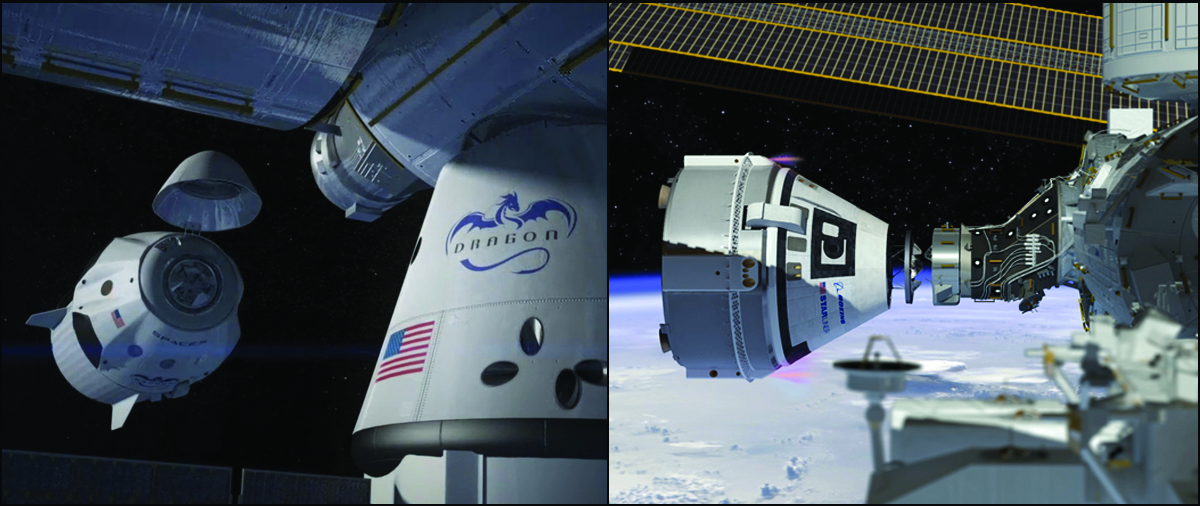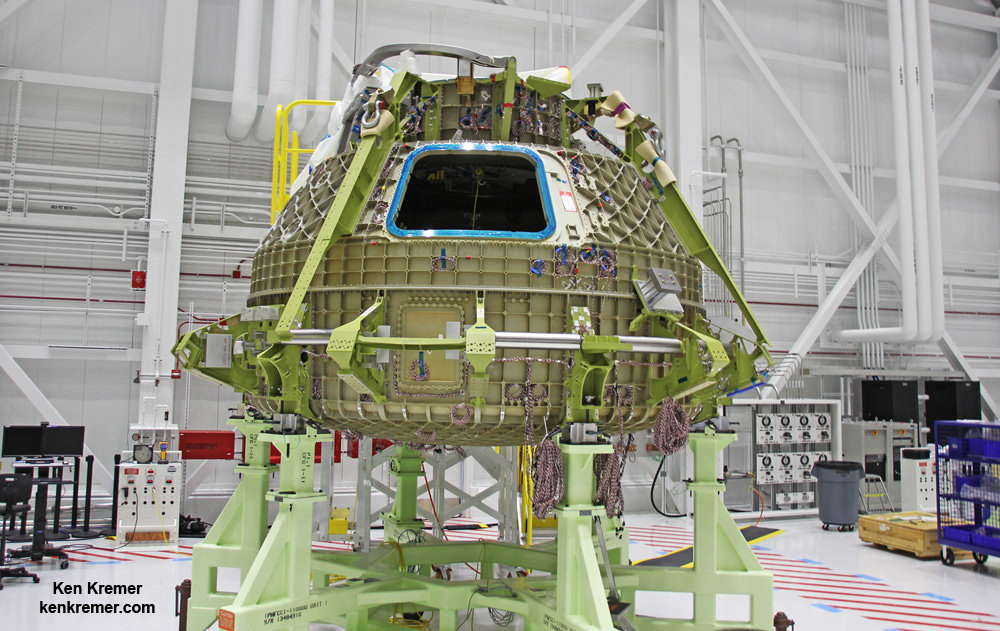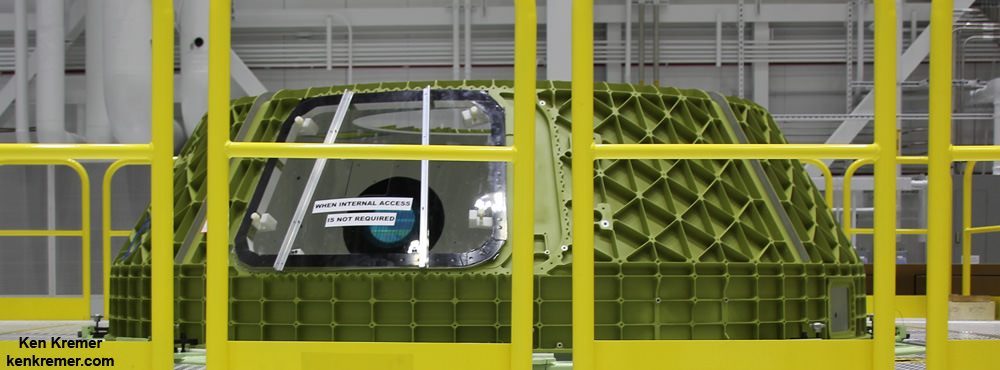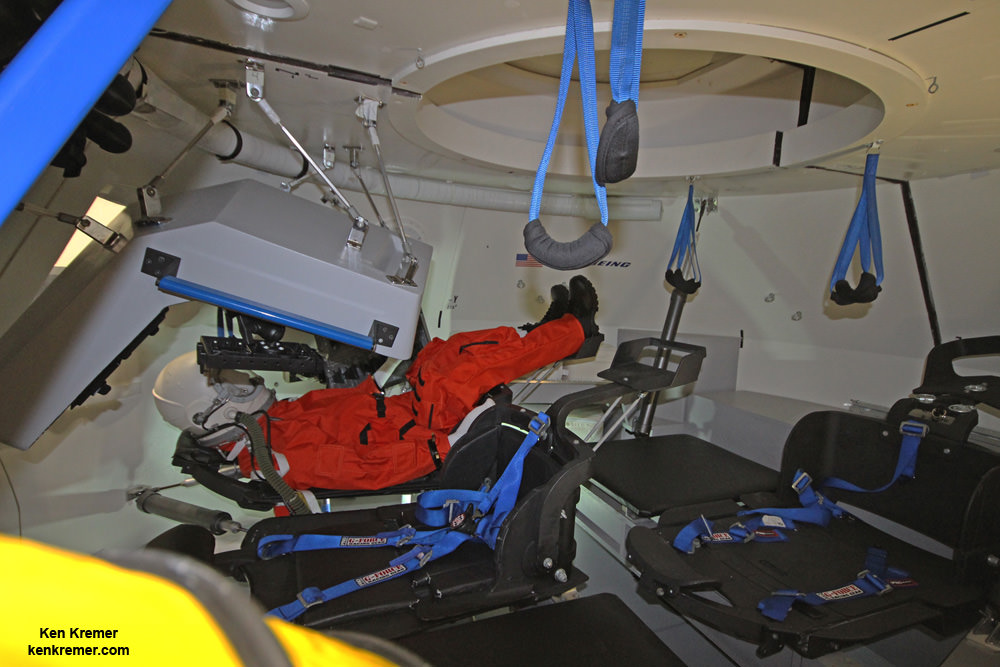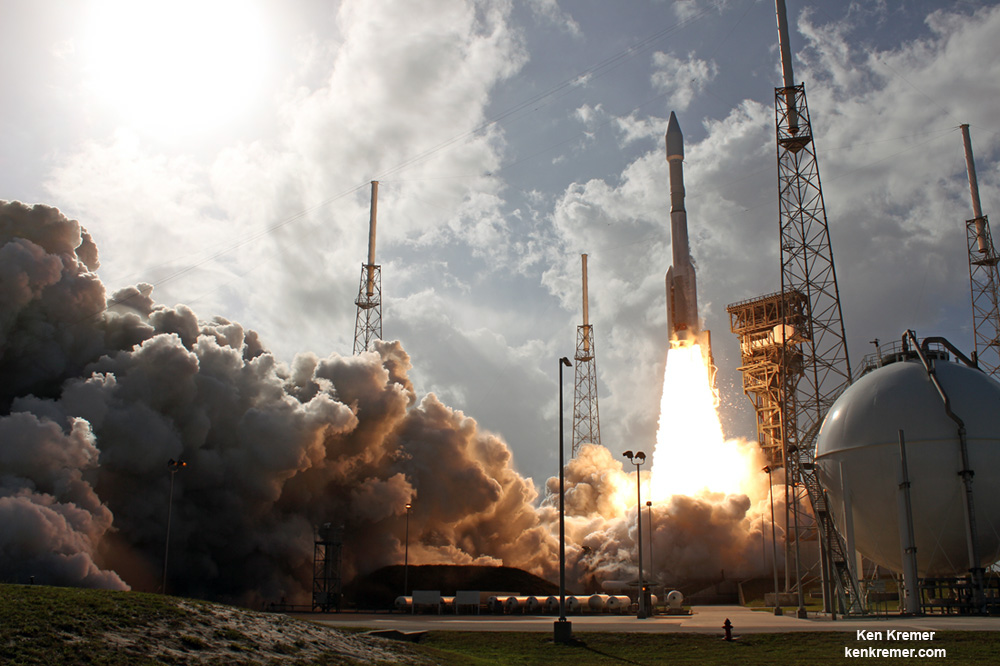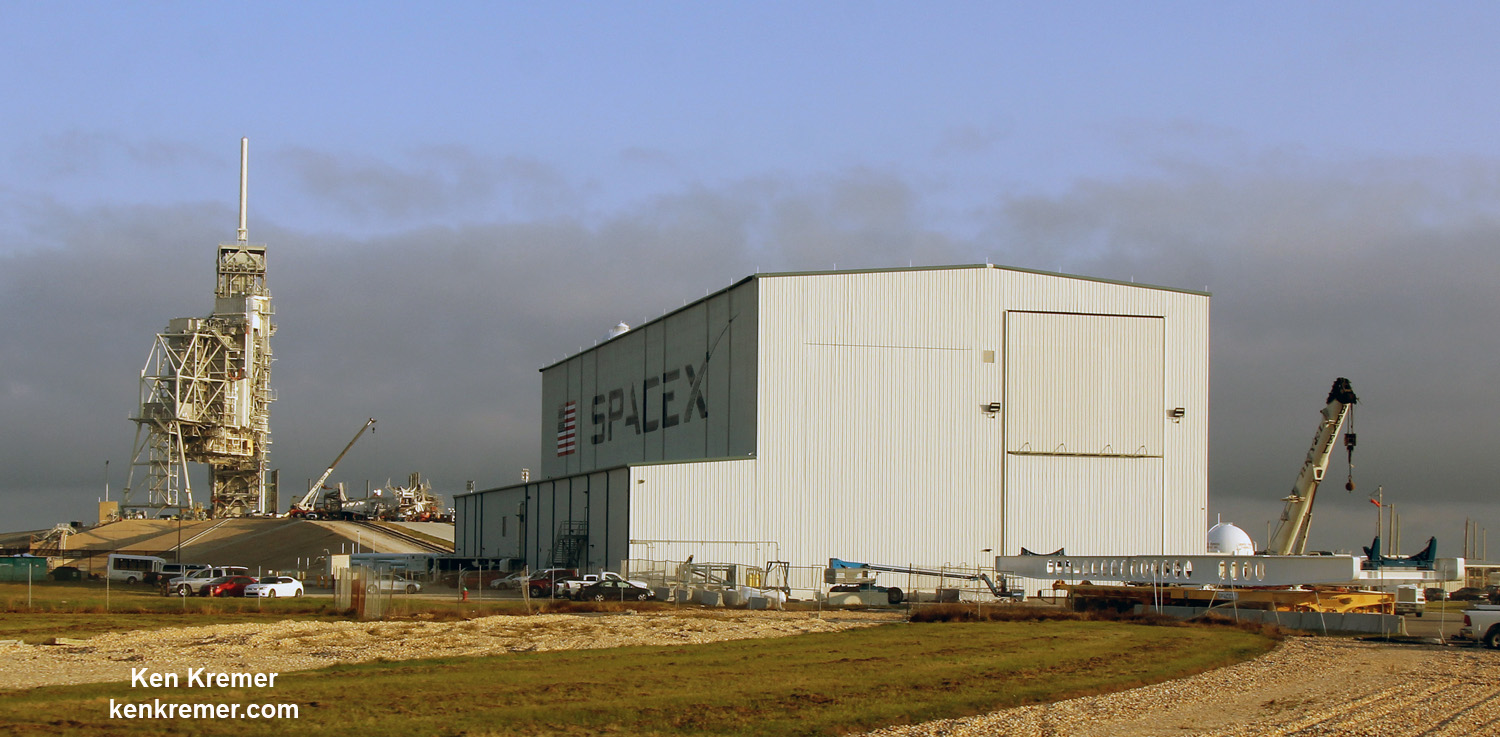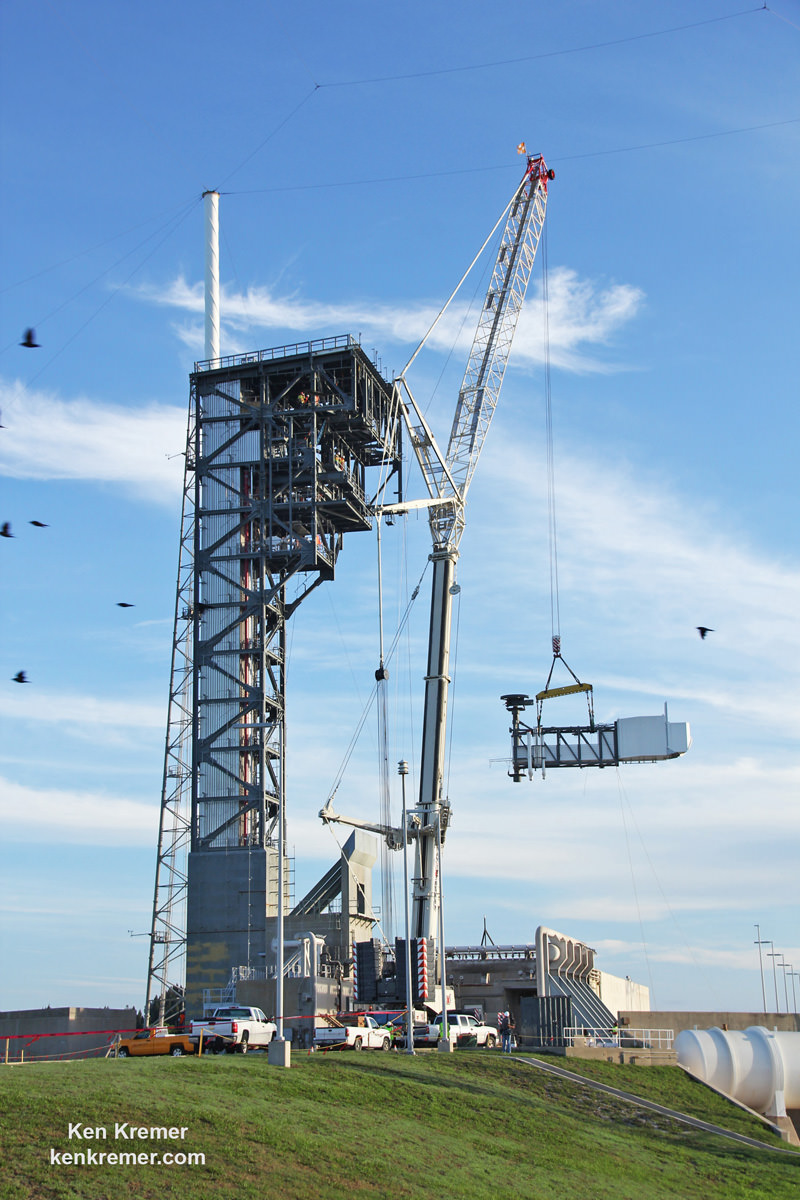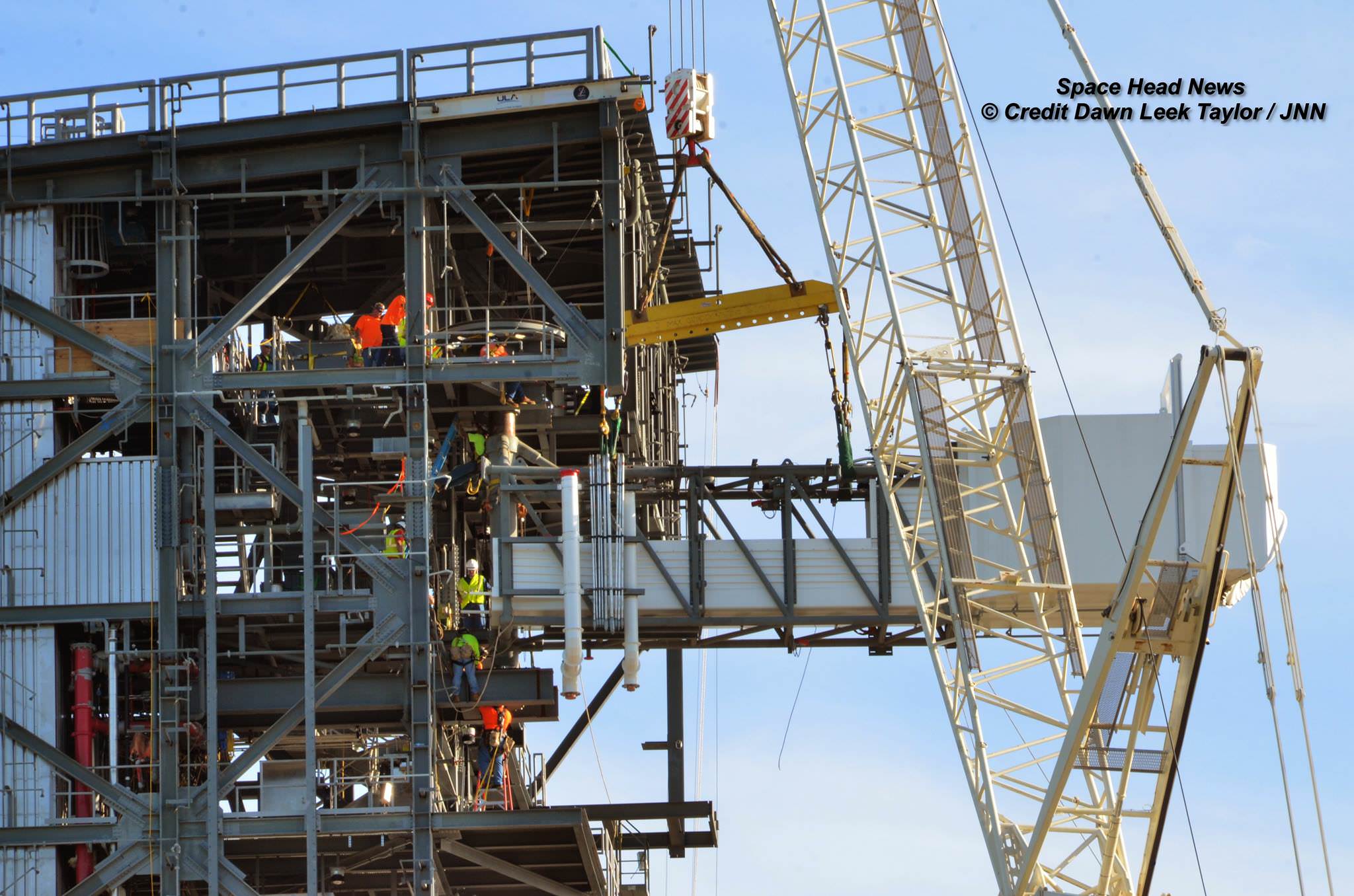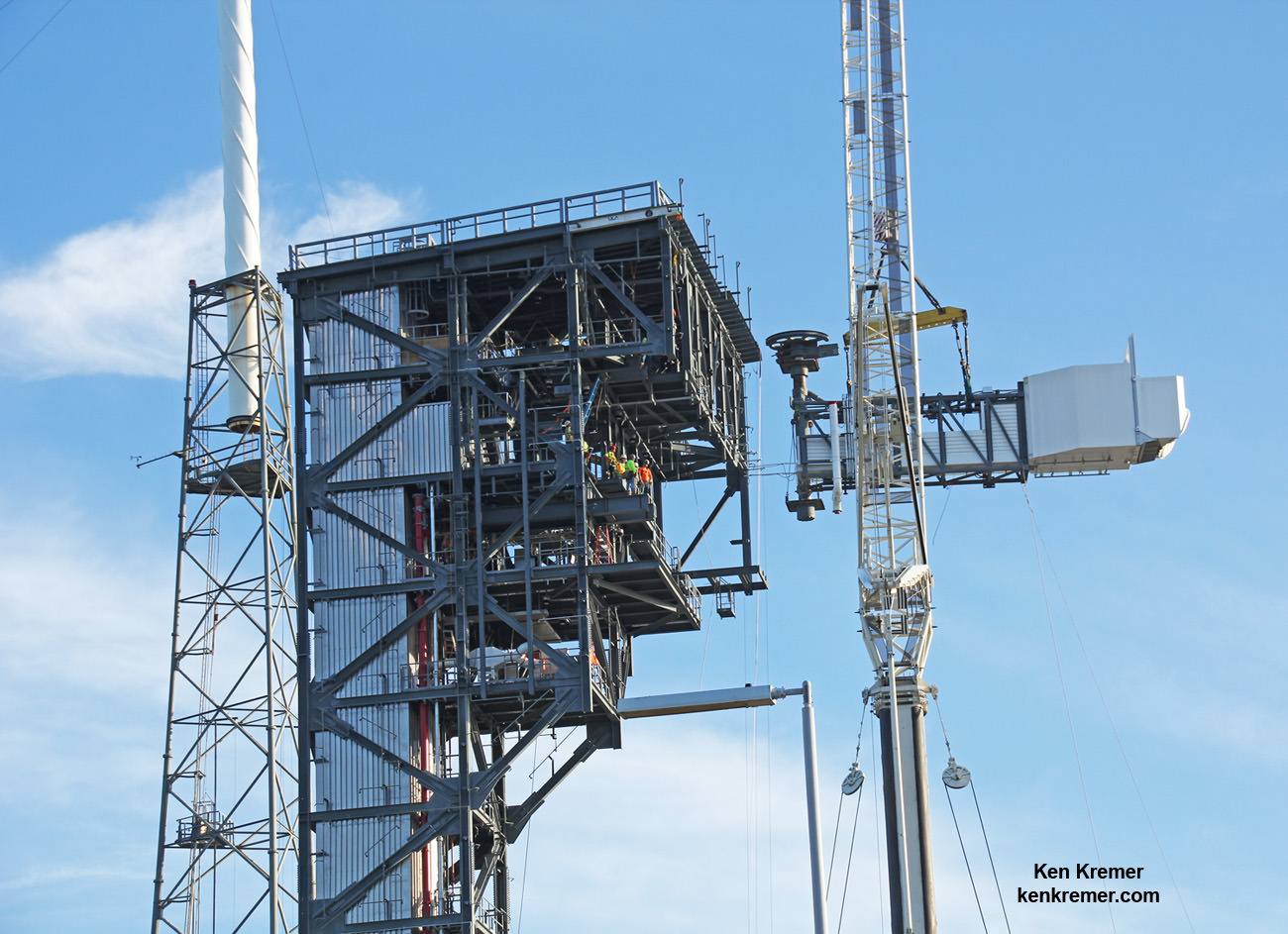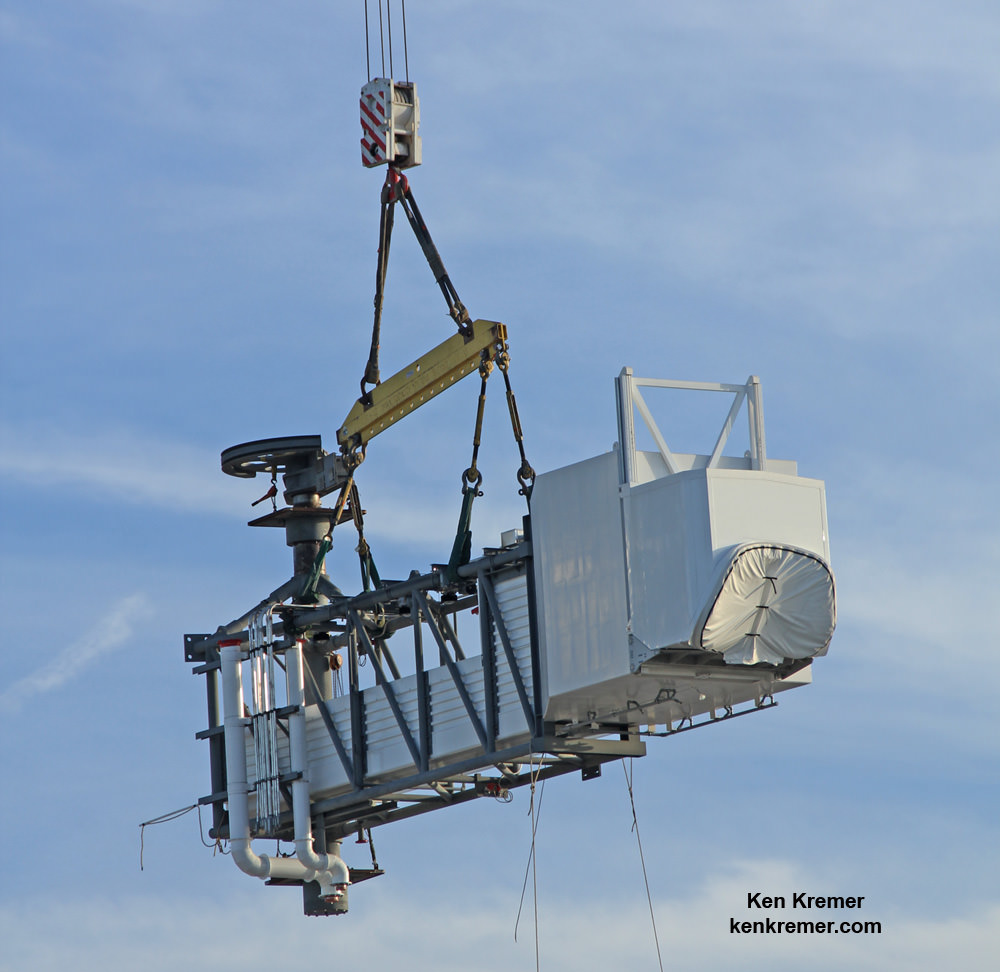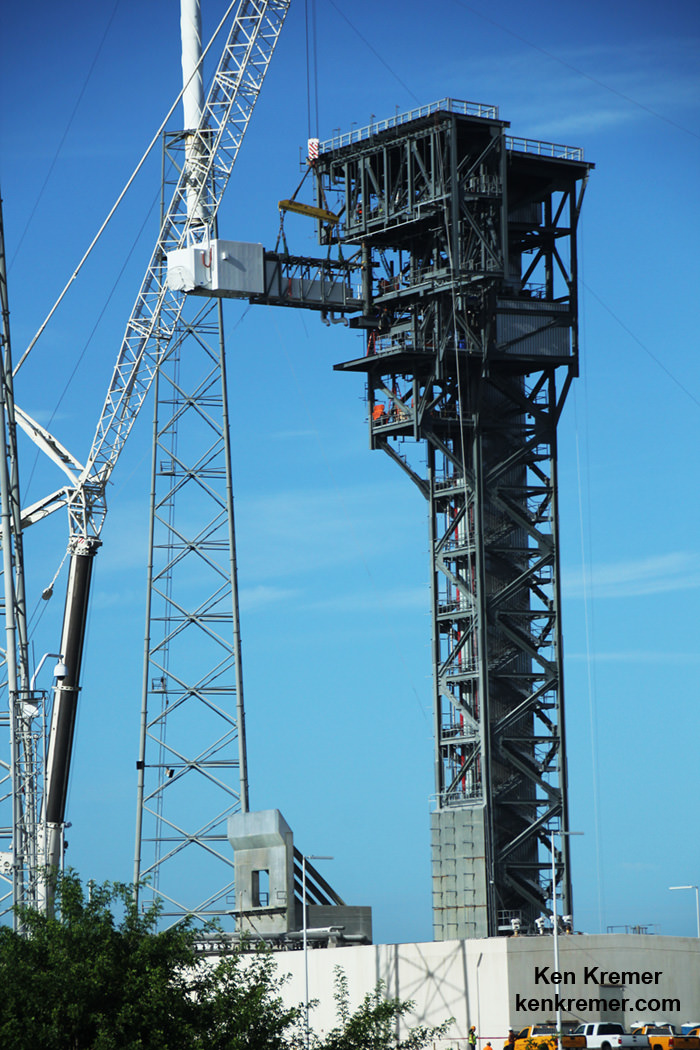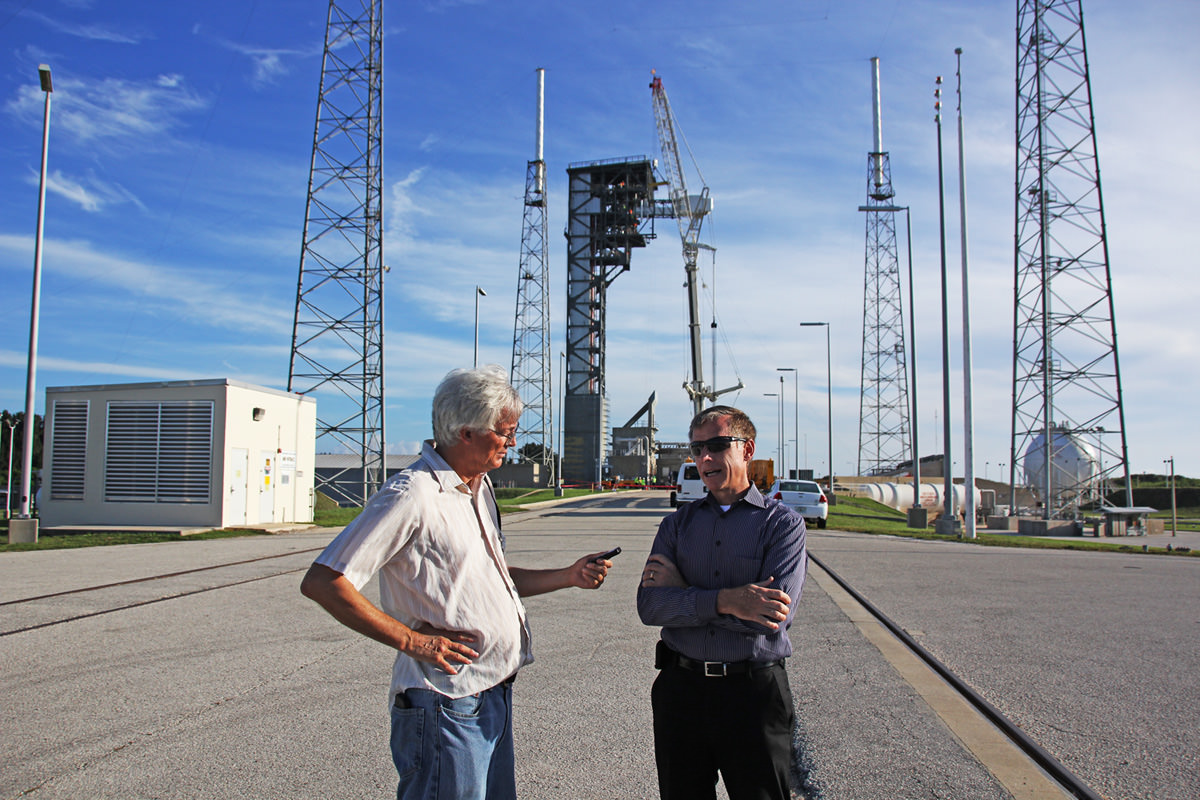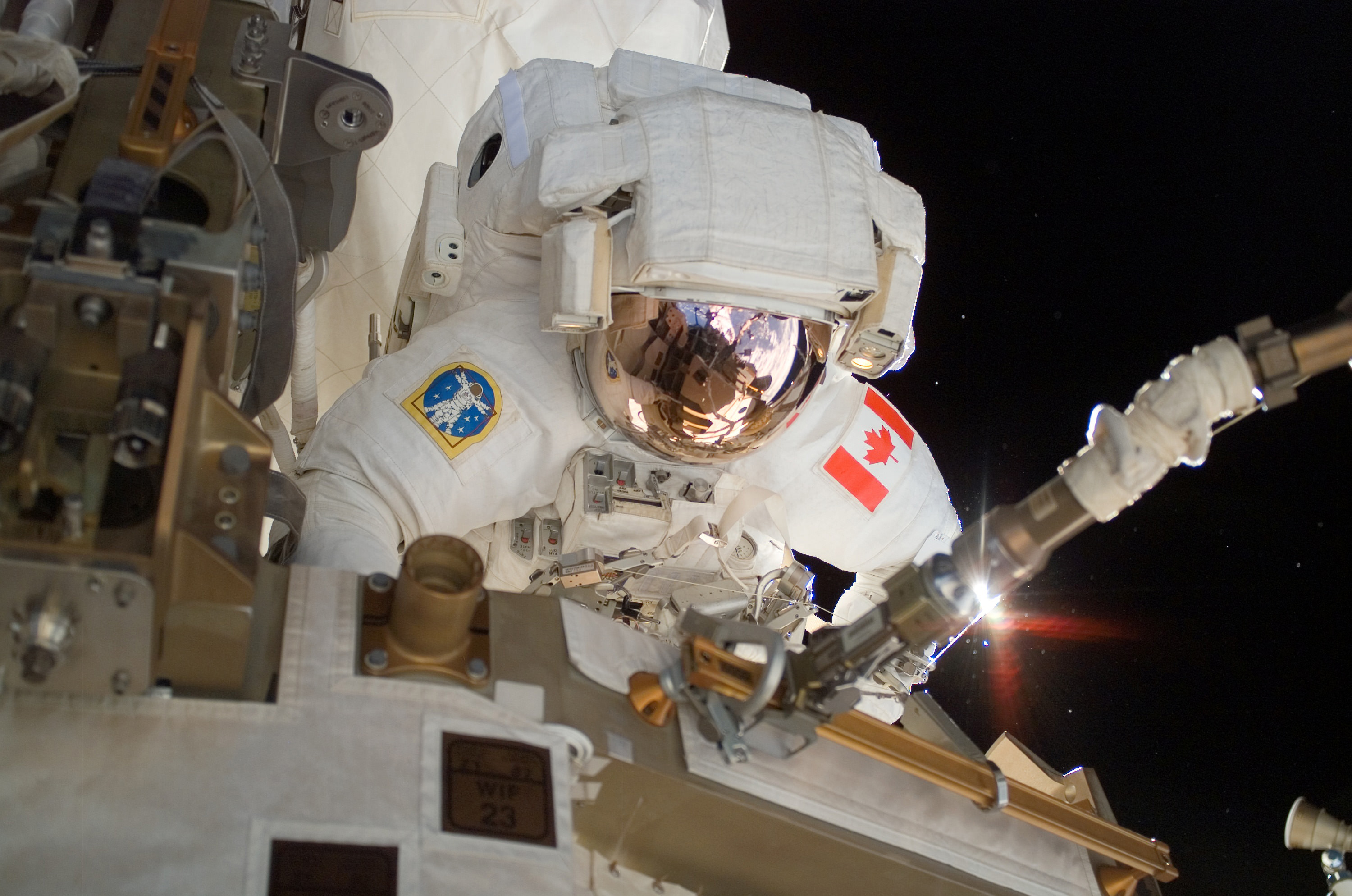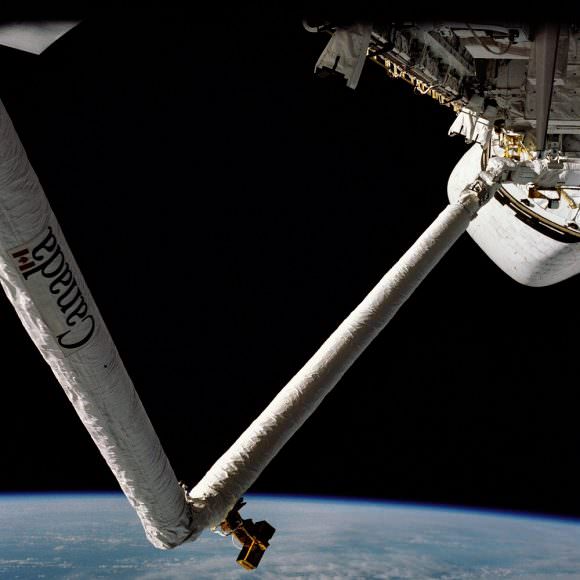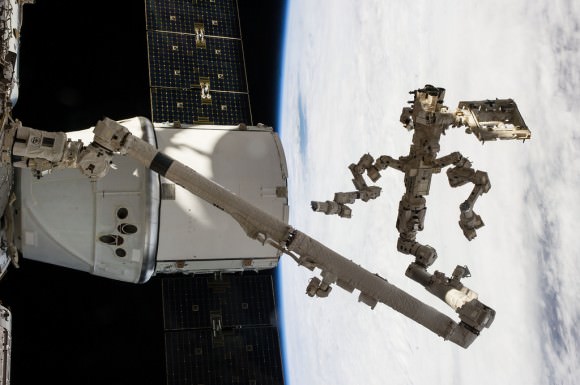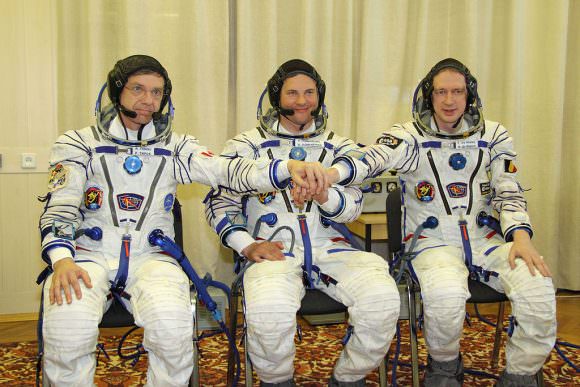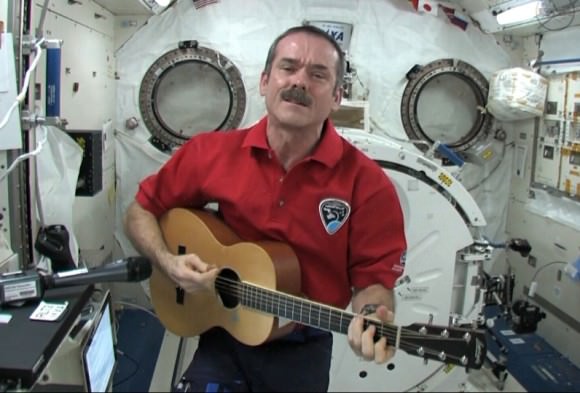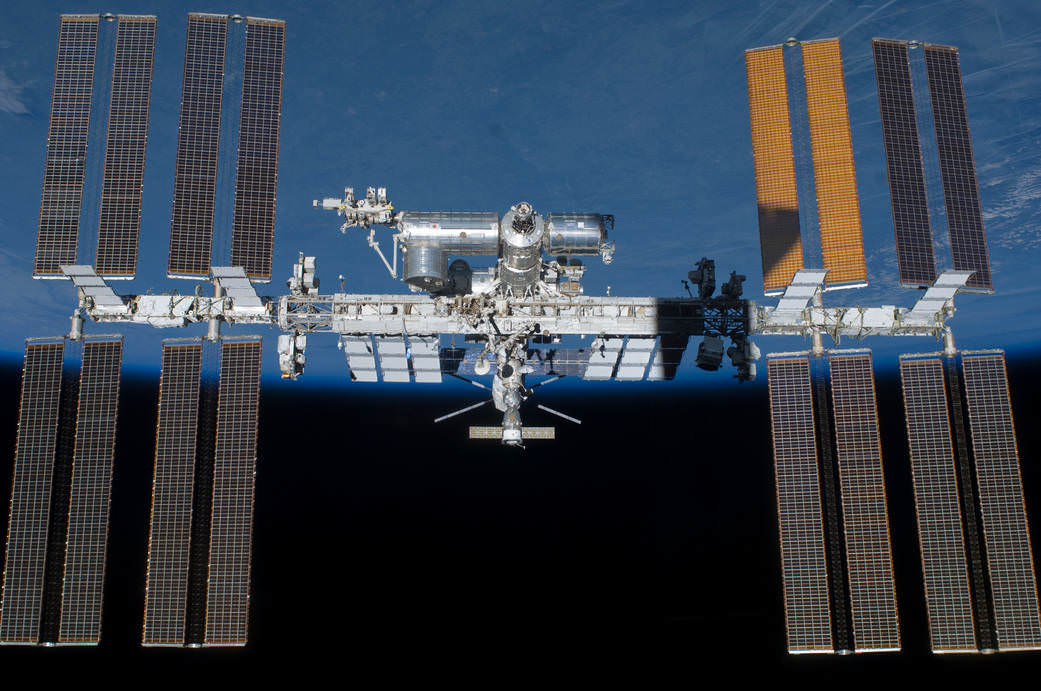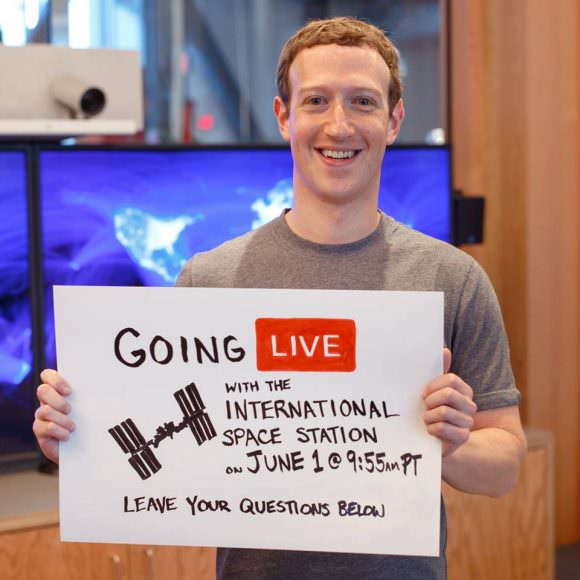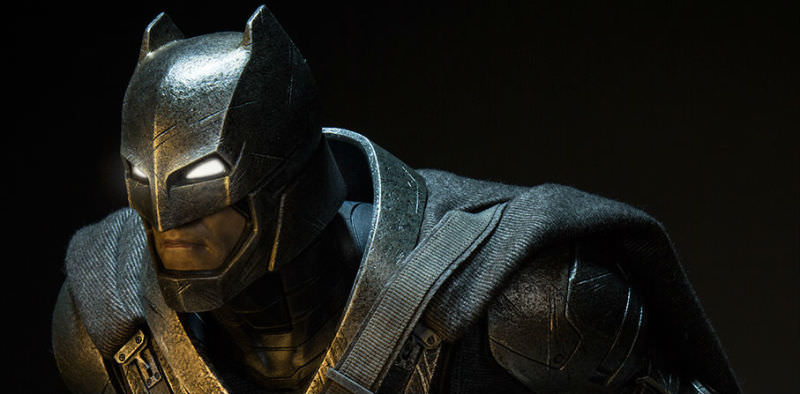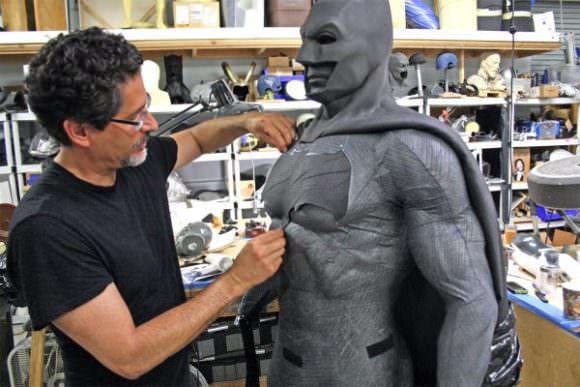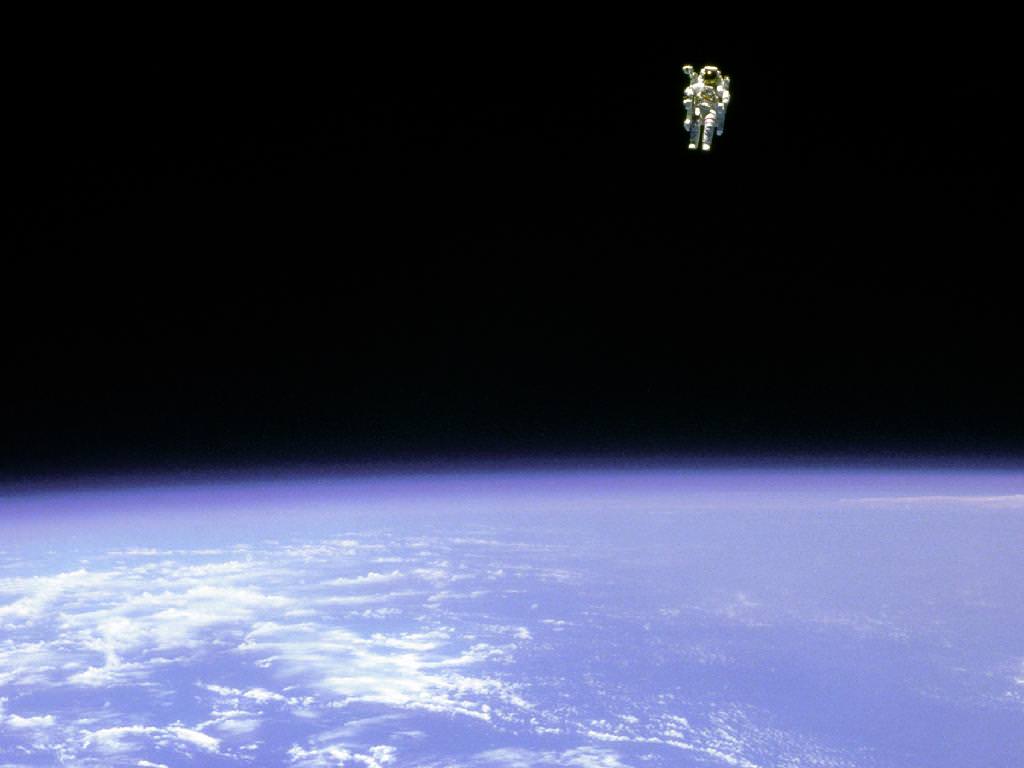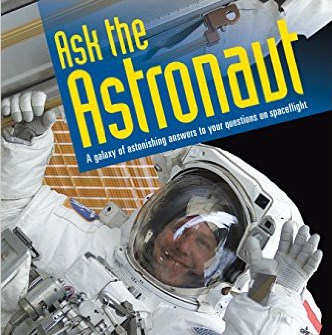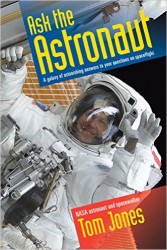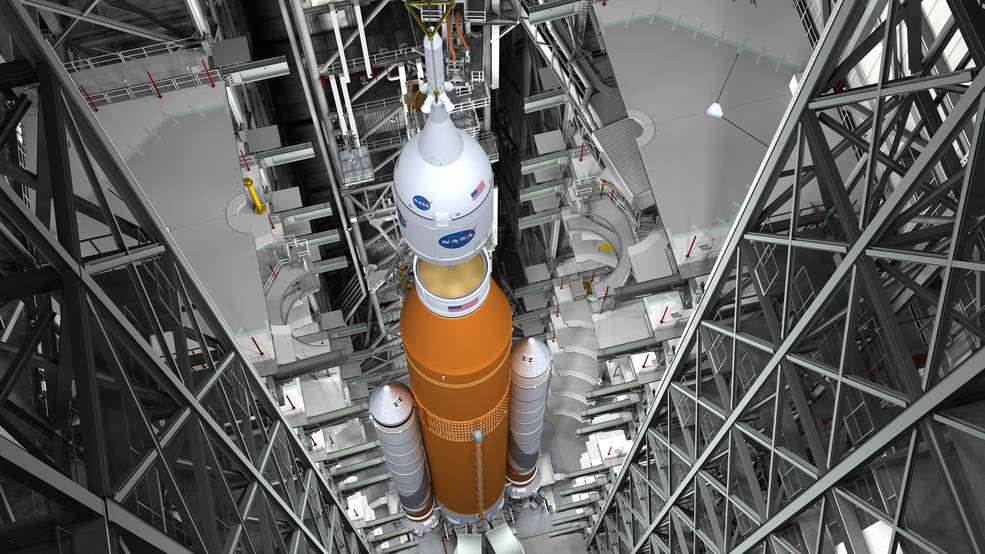
KENNEDY SPACE CENTER, FL – At the request of the new Trump Administration, NASA has initiated a month long study to determine the feasibility of converting the first integrated unmanned launch of the agency’s new Space Launch System (SLS) megarocket and Orion capsule into a crewed mission that would propel two astronauts to the Moon and back by 2019 – 50 years after the first human lunar landing.
Top NASA officials outlined the details of the study at a hastily arranged media teleconference briefing on Friday, Feb 24. It will examine the feasibility of what it would take to add a crew of 2 astronauts to significantly modified maiden SLS/Orion mission hardware and whether a launch could be accomplished technically and safely by the end of 2019.
On Feb. 15, Acting Administrator Robert Lightfoot announced that he had asked Bill Gerstenmaier, associate administrator for NASA’s Human Exploration and Operations Mission Directorate in Washington, to start detailed studies of what it would take to host astronauts inside the Orion capsule on what the agency calls Exploration Mission-1, or EM-1.
Gerstenmaier, joined by Bill Hill, deputy associate administrator for Exploration Systems Development in Washington, at the briefing said a team was quickly assembled and the study is already underway.
They expect the study to be completed in early spring, possibly by late March and it will focus on assessing the possibilities – but not making a conclusion on whether to actually implement changes to the current uncrewed EM-1 flight profile targeted for blastoff later in 2018.
“I want to stress to you this is a feasibility study. So when we get done with this we won’t come out with a hard recommendation, one way or the other,” Gerstenmaier stated.
“We’re going to talk about essentially the advantages and disadvantages of adding crew to EM-1.”
“We were given this task a week ago, appointed a team and have held one telecon.”
“Our priority is to ensure the safe and effective execution of all our planned exploration missions with the Orion spacecraft and Space Launch System rocket,” said Gerstenmaier.
“This is an assessment and not a decision as the primary mission for EM-1 remains an uncrewed flight test.”
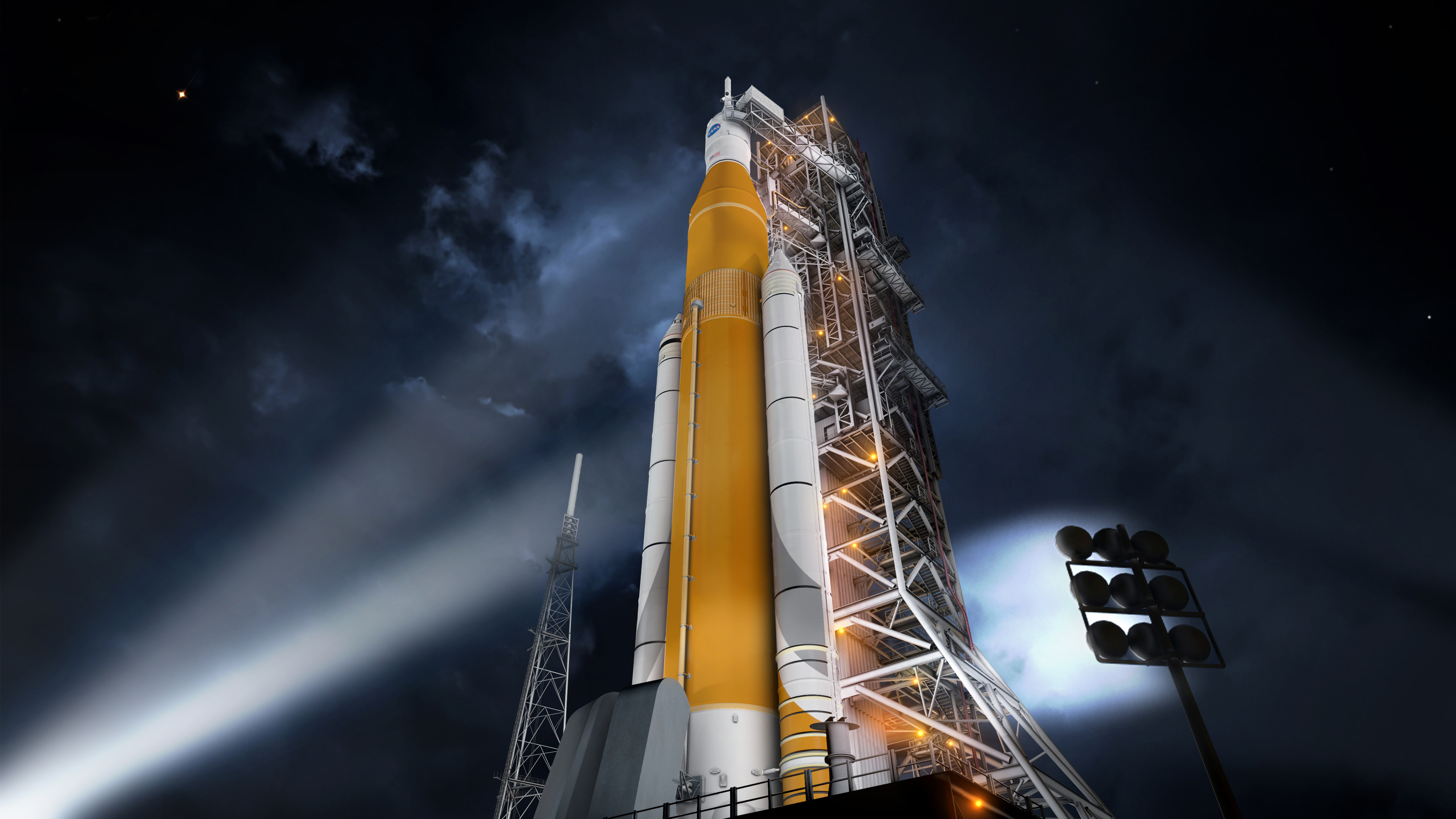
Gerstenmaier further stipulated that the study should focus on determining if a crewed EM-1 could liftoff by the end of 2019. The study team includes one astronaut.
If a change resulted in a maiden SLS/Orion launch date stretching beyond 2019 it has little value – and NASA is best to stick to the current EM-1 flight plan.
The first SLS/Orion crewed flight is slated for Exploration Mission-2 (EM-2) launching in 2021.
“I felt that if we went much beyond 2019, then we might as well fly EM-2 and actually do the plan we’re on,” Gerstenmaier said.
NASA’s current plans call for the unmanned blastoff of Orion EM-1 on the SLS-1 rocket later next year on its first test flight on a 3 week long mission to a distant lunar retrograde orbit. It is slated to occur roughly in the September to November timeframe from Launch Complex 39B at the Kennedy Space Center.
Lightfoot initially revealed the study in a speech to the Space Launch System/Orion Suppliers Conference in Washington, D.C. and an agency wide memo circulated to NASA employees on Feb. 15 – as I reported here.
The Orion EM-1 capsule is currently being manufactured at the Neil Armstrong Operations and Checkout Building at the Kennedy Space Center by prime contractor Lockheed Martin.

To launch astronauts, Orion EM-1 would require very significant upgrades since it will not have the life support systems, display panels, abort systems and more needed to safely support humans on board.
“We know there are certain systems that needed to be added to EM-1 to add crew,” Gerstenmaier elaborated. “So we have a good, crisp list of all the things we would physically have to change from a hardware standpoint.
In fact since EM-1 assembly is already well underway, some hardware already installed would have to be pulled out in order to allow access behind to add the life support hardware and other systems, Hill explained.
The EM-1 pressure shell arrived last February as I witnessed and reported here.
Thus adding crew at this latter date in the manufacturing cycle is no easy task and would absolutely require additional time and additional funding to the NASA budget – which as everyone knows is difficult in these tough fiscal times.
“Then we asked the team to take a look at what additional tests would be needed to add crew, what the additional risk would be, and then we also wanted the teams to talk about the benefits of having crew on the first flight,” Gerstenmaier explained.
“It’s going to take a significant amount of money, and money that will be required fairly quickly to implement what we need to do,” Hill stated. “So it’s a question of how we refine the funding levels and the phasing of the funding for the next three years and see where it comes out.”
Hill also stated that NASA would maintain the Interim Cryogenic Propulsion stage for the first flight, and not switch to the more advanced and powerful Exploration Upper Stage (EUS) planned for first use on EM-2.
Furthermore NASA would move up the AA-2 ascent abort test for Orion to take place before crewed EM-1 mission.
Components of the SLS-1 rocket are being manufactured at NASA’s Michoud Assembly Facility and elsewhere around the country by numerous suppliers.
Michoud is building the huge fuel liquid oxygen/liquid hydrogen SLS core stage fuel tank, derived from the Space Shuttle External Tank (ET) – as I detailed here.
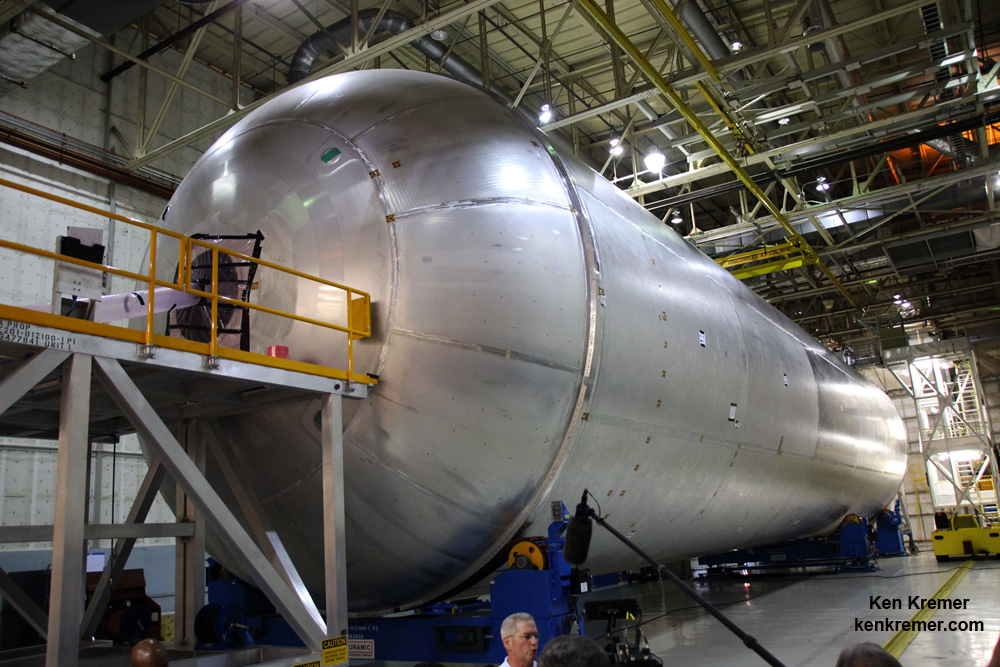
Gerstenmaier noted that Michoud did suffer some damage during the recent tornado strike which will necessitate several months worth of repairs.
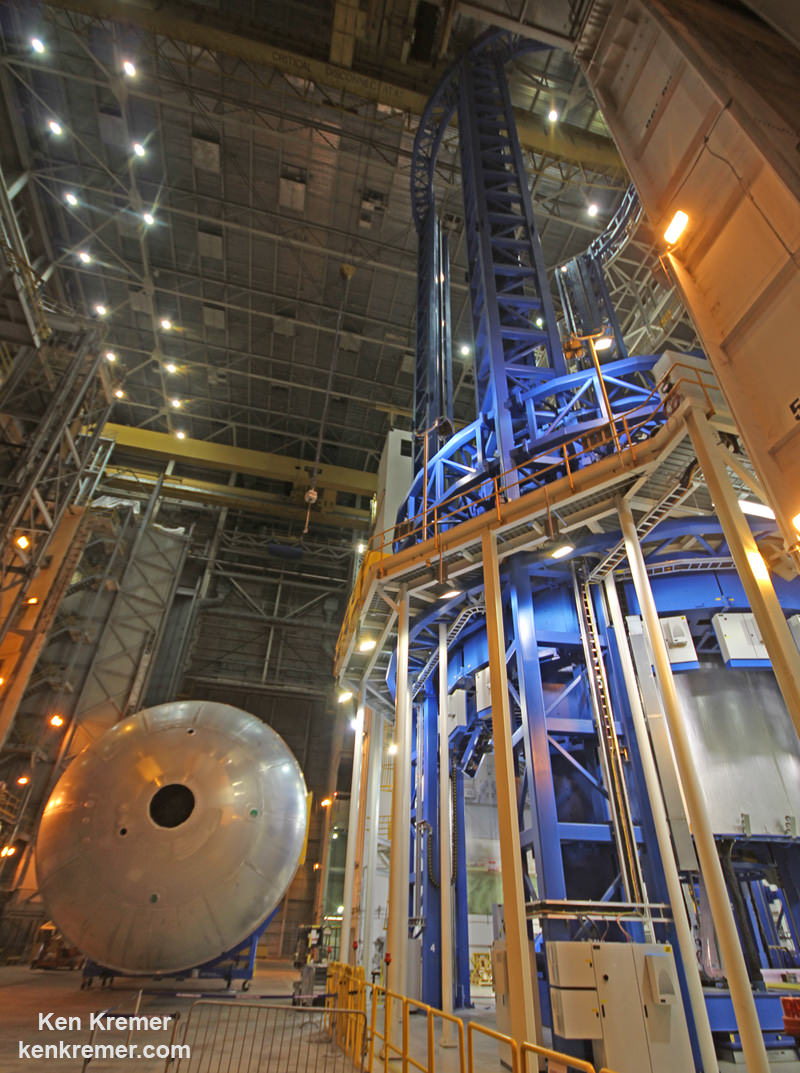
The 2018 launch of NASA’s Orion on the unpiloted EM-1 mission counts as the first joint flight of SLS and Orion, and the first flight of a human rated spacecraft to deep space since the Apollo Moon landing era ended more than 4 decades ago.
SLS is the most powerful booster the world has even seen – even more powerful than NASA’s Saturn V moon landing rocket of the 1960s and 1970s.
For SLS-1 the mammoth booster will launch in its initial 70-metric-ton (77-ton) Block 1 configuration with a liftoff thrust of 8.4 million pounds.
If NASA can pull off a 2019 EM-1 human launch it will coincide with the 50th anniversary of Apollo 11 – NASA’s first lunar landing mission manned by Neil Armstrong and Buzz Aldrin, along with Michael Collins.
If crew are added to EM-1 it would essentially adopt the mission profile currently planned for Orion EM-2.
“If the agency decides to put crew on the first flight, the mission profile for Exploration Mission-2 would likely replace it, which is an approximately eight-day mission with a multi-translunar injection with a free return trajectory,” said NASA. It would be similar to Apollo 8 and Apollo 13.
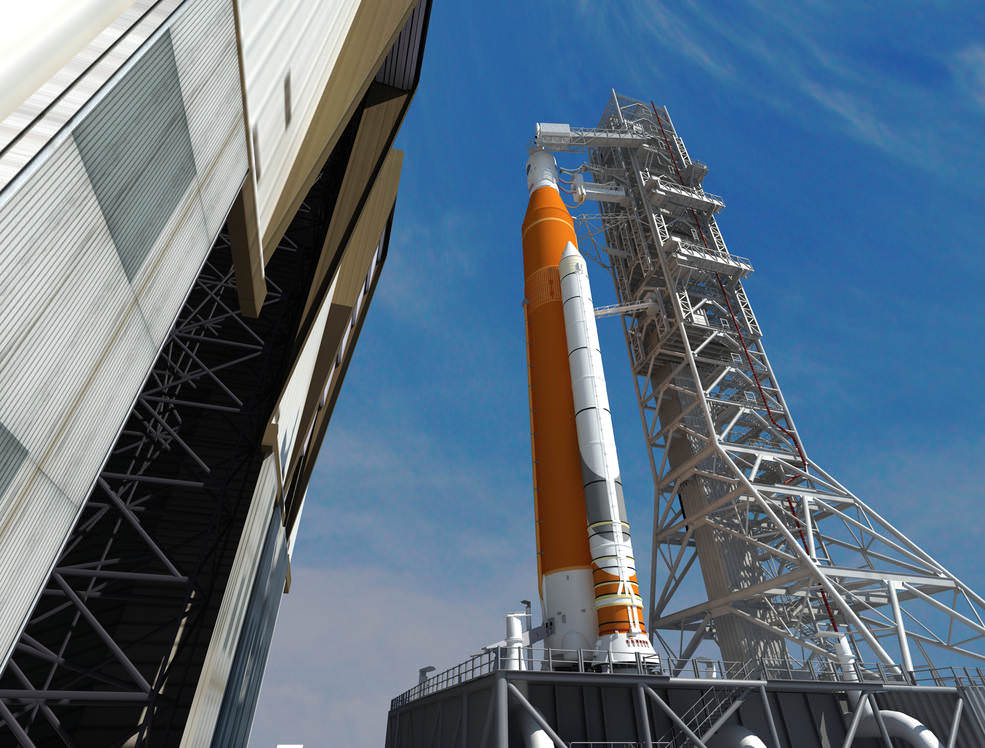
Orion is designed to send astronauts deeper into space than ever before, including missions to the Moon, asteroids and the Red Planet.
NASA is developing SLS and Orion for sending humans on a ‘Journey to Mars’ in the 2030s.
They are but the first hardware elements required to carry out such an ambitious initiative.
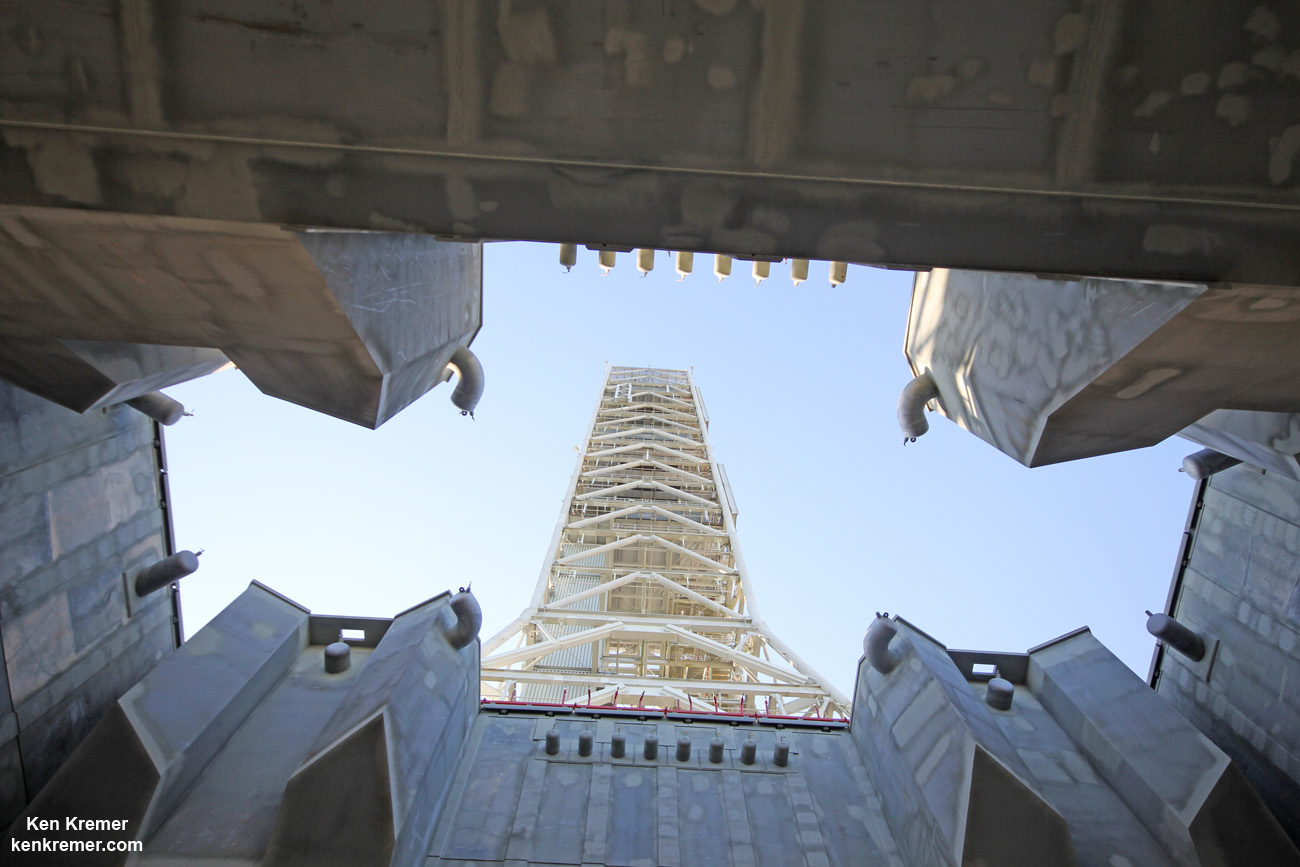
Stay tuned here for Ken’s continuing Earth and Planetary science and human spaceflight news.
